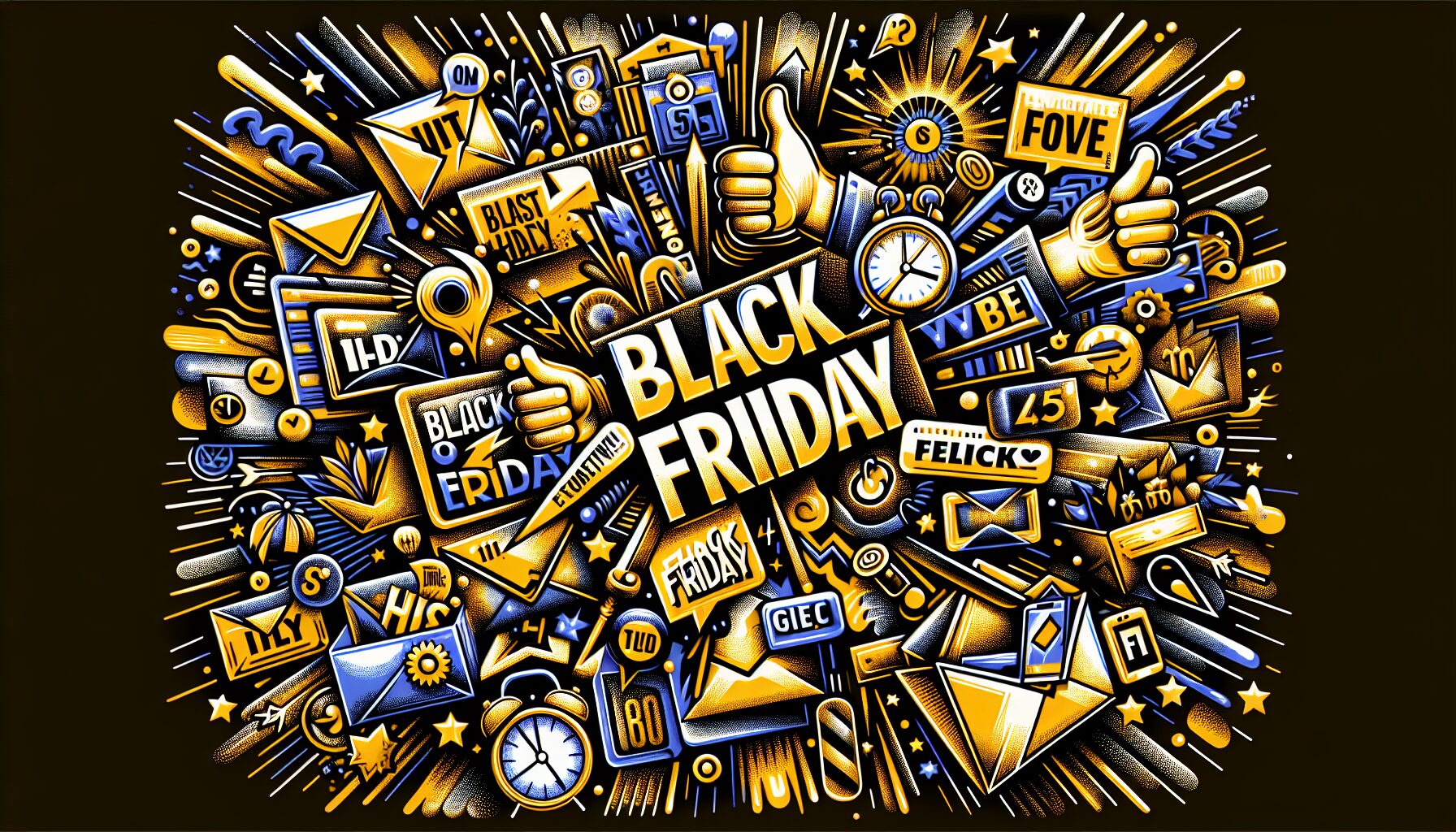
8 Frequently Asked Questions About Photo Copyrights And Emails
Emails need images. That’s no surprise. Finding the perfect image can be tricky. To make things more complicated, there are copyright laws. Before you add an image to your email, you should know about these rules.
It’s tempting to grab an image from Google, but can you do that legally? What if you take your own picture, what then? Can you use an image from a stock site however you want for as long as you want?
Not to worry, we have the answers to these commonly asked questions.
1. Can I use images I find by doing a Google search?
No. If you didn’t take a picture, it’s not yours to use. Photographers, models and creators of any artwork or branding all have the right to say how the final image can be used. If you just take a picture from the internet, you could be violating copyright, even if you attribute it.
2. Can I take my own pictures?
Yes. It’s a great idea. Taking your own pictures not only helps avoid copyright infringement, but it also gives your emails and social media posts a personalized touch.
Check out this article, “9 Tips for Taking Top-Notch Smartphone Photos.”
3. How can I use photos from stock sites?
When you purchase or download an image for any reason, you’re not buying the image but rather the right to use that image in a particular way.
Buying an image isn’t like buying a pen or a chair. You can’t use it however you want, and you don’t own it after you buy rights to it. Instead, it’s more like a rental. You’re buying the right to use something in a certain way for a certain amount of time. You don’t really own it, but you can use it as long as you obey the rules.
- What does royalty-free mean?
Royalty-free images are those you can use over and over after an initial purchase. They’re not necessarily free, and you’ll still have to provide attribution for the image. You can, however, add them to your library of photos without worrying about paying for the second, third or fifth usage. Most of the time, these images are sold over and over again to various users, so it’s not something you own.
- What does rights-managed mean?
Another type of photo is rights-managed, which means you pay a one-time fee to use an image once. If you want to reuse the image, you have to re-license it. In this case, you can pay to get exclusive rights to a photo so it won’t be used anywhere else.
4. What should I look for when buying an image from a stock site?
- Read the terms of service thoroughly
- Check the terms of service to see if use is restricted in any way
- Review the rules to see how many times it can be used
- Note exactly how you must attribute the photo
Major stock photo sites:
5. What should I look for when using an image from a free stock site?
Again, review the terms and conditions. Most free sites require you to provide attribution, which means listing the author and website when you publish the photo.
Watch out though, the quality of images on free stock sites can sometimes be weak.
Free stock photo sites to check out:
6. Can I use images from Flickr?
Some people choose to get photos from Flickr. You can select free images in the Creative Commons section. In some cases, you can download free images as long as you attribute the source. You can also browse through free photos based on how you plan to use them. For example, if you plan to use an image for commercial purposes, you can browse by “commercial use allowed.”
The Creative Commons section on Flickr is popular because of its high-quality photos and searchable library. It’s worth checking out.
7. Can I use movie stills?
Using representative pictures from movies that illustrate a point can be extremely problematic in terms of copyright infringement, and it’s rarely worth the trouble of making sure you’re within the law for a simple email.
8. Can I use clipart?
Another picture option is clipart. If you’re looking for a graphic or an icon, clipart is an easy way to go. The rules are less strict with clipart since there aren’t models and photographers involved.
Some good clipart sites are:
Imagery is a key ingredient to any email. The next time you look for the perfect image to support your newsletter or promotional email, be sure to read the terms and conditions and make smart choices to safeguard against copyright infringement.
Sarah Tanksalvala is a freelance business, technology and lifestyle writer based in Evergreen, Colorado.
© 2015 – 2016, Contributing Author. All rights reserved.



